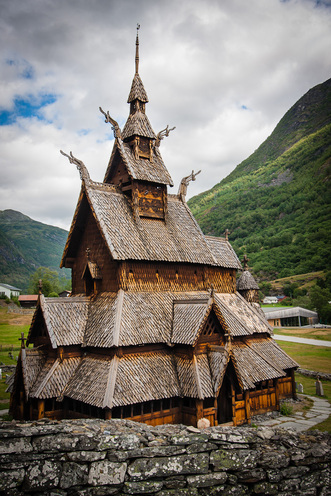
Forbes Magazine last week ranked Salt Lake City the 10th happiest place to work in the United States. The ranking was based on a nationwide survey of 36,000 employees who were asked to rank a variety of things from relationships with bosses and employees to opportunities for advancement and the company’s culture.
But before you ingest too much happy gas, consider what the folks at the Legatum Institute in jolly England came up with earlier this month. They measure happiness on a broader scale and found, in their most recent survey, that the United States is only the 12th happiest place on earth.
So Salt Lake City is the 10th happiest place in the 12th happiest country. Sort of makes you feel a bit sad, doesn’t it?
| | And where on earth does Disneyland really rank in all this? I’m being facetious about this, of course. Not because it makes me happy, but to illustrate a point. People who try to measure happiness might as well try nailing Jell-O to the wall. Legatum uses 89 indicators in eight categories to measure how happy people are. The idea is to look beyond things such as personal income (although that is a factor) and toward a variety of issues that make people feel good. Americans were docked for their high unemployment rate and their perceptions of job markets. The happiest country? It’s Norway. Being of Norwegian descent, this makes me happy, somewhat. But a big key to Norway’s success in the poll seems to be its huge cache of off-shore oil, which helps finance its welfare state — not exactly something to which other nations can aspire. But frankly, if you have to measure 89 indicators, aren’t you overthinking things a bit? Gallup also tries its hand in measuring happiness, but with a simpler, direct method. Last month it released results of a poll in which about 1,000 people were contacted in each country and asked about their previous day. How often had they smiled or laughed? Did they feel respected? Did they learn new things or accomplish something of interest? According to this measure, seven of the 10 happiest places on earth are in Latin America. Some of these happy places have high poverty rates. One, Venezuela, often makes news because of its increasingly oppressive government, and yet it ranked fourth. The United States came in 33rd. Despite obvious flaws, there is something instructive here. Any survey that delves into happiness is bound get a lot of things wrong. No metric can explain how someone can smile or find balance and perspective amid tragedy and despair, or how someone else can be surrounded by all the good things of the world and yet wallow in gloom. Circumstances aren’t necessarily good indicators. I have a son who recently returned from two years in Mexico on a church mission. He not only described very happy people living in what Americans would consider a condition close to complete lawlessness and chaos, he himself was quite happy and reluctant to come home. Service and generosity, it seems, can count more than scores of other indicators. Critics of the Gallup poll say Latin Americans may be culturally disposed to giving positive answers to strangers. But couldn’t the critics have it exactly backwards. Couldn’t treating other people nicely make a person happy? Despite all the measurements, the best final word on this subject may have come from a New York state senator, Roy M. Goodman. “Remember that happiness is a way of travel - not a destination.” That’s a comforting thought. It means you can be quite happy even if the Environmental Protection Agency says your home is in the region with the nation’s worst air pollution in January (as my Salt Lake City home was). It means happiness doesn’t depend on circumstances as much as on you and what you choose to do. It means if you’re trying to achieve it, you’re missing the point. |

 RSS Feed
RSS Feed

